10th Nov 2022
“I’m only interested in what I can’t do.”
-Frank Stella
"Sequoyah was always in the wilderness. He walked about, but he was not a hunter. I wonder what he was looking for."
-Jack Kilpatrick
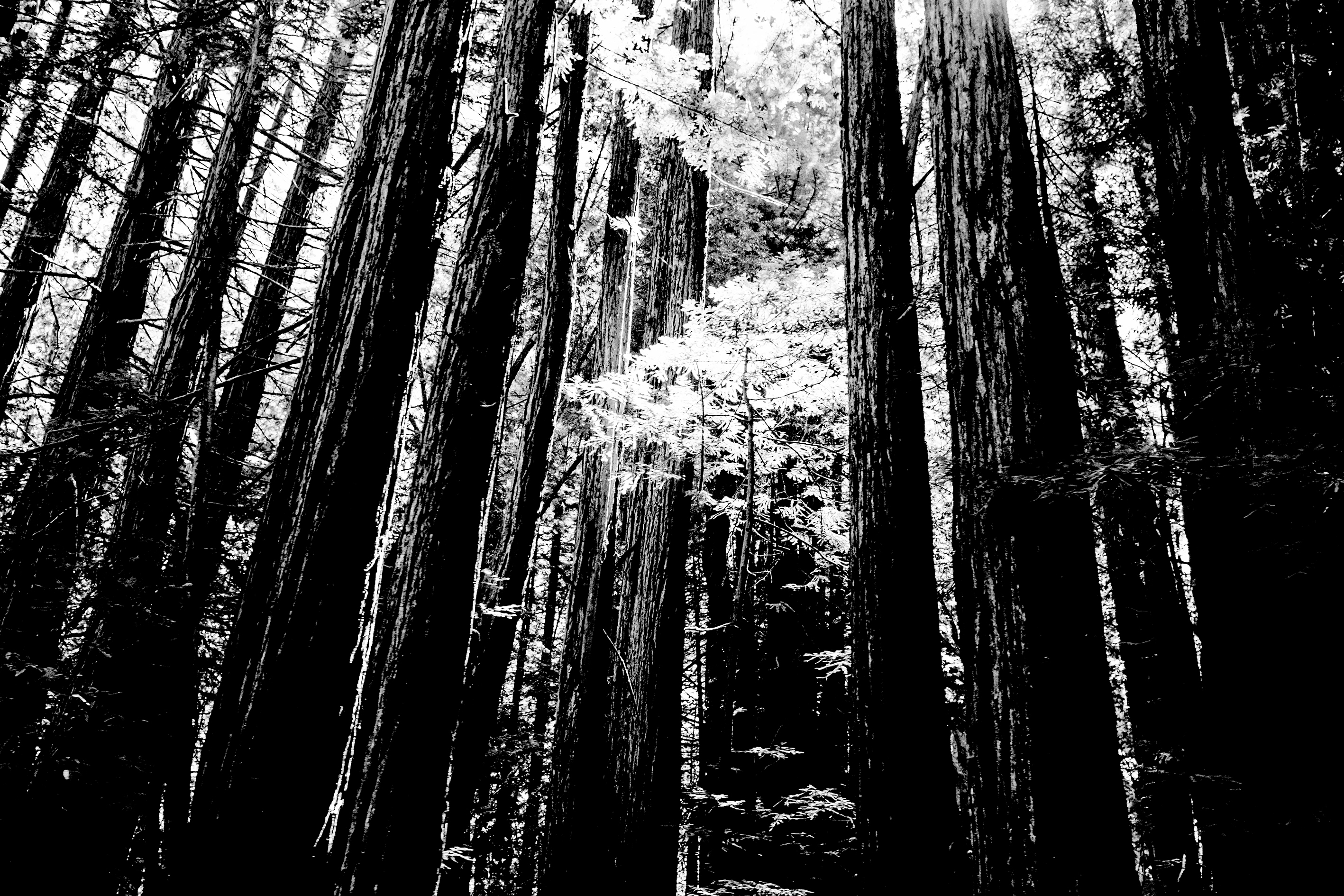
A Monopole among the Redwoods
A bird kite rents the windy sky above us as vigneron Seth Cripe and I stand in his forested monopole above the tiny coastal town of Duncan Mills in Northern California.
The Clos de Sequoyah monopole sits on a hill at 1,000 feet to 1,800 feet elevation, just three miles from where the Russian River mouth spills into the Pacific Ocean, approaching Jenner-by-the-Sea. The bottom half of the hill is blanketed by a thick, ancient Redwood Forest.
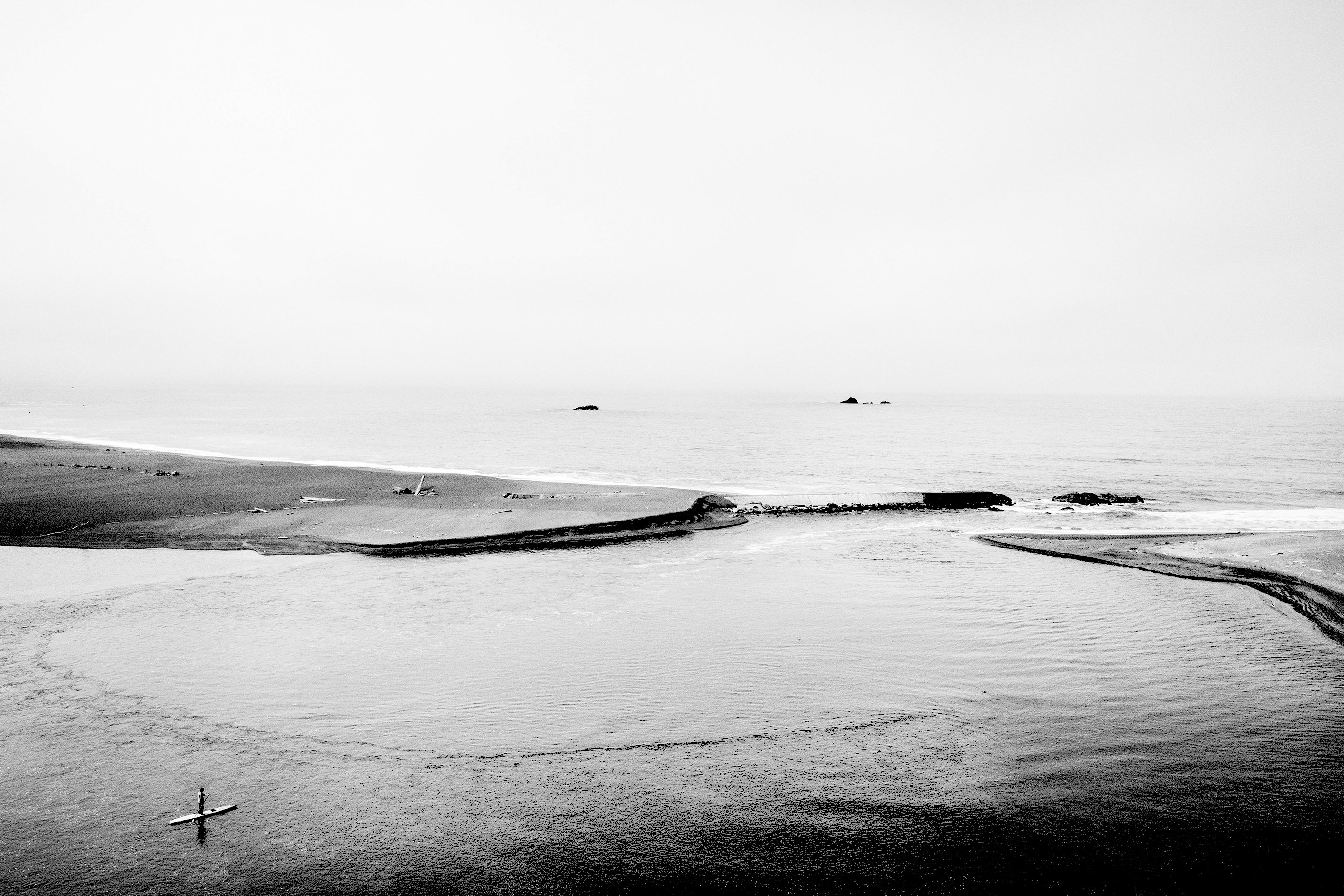
It’s a beautiful wine that reminds me a little of a Domaine Leroy Musigny Grand Cru, but there’s an unrecognizable, haunting aromatic I can’t quite put my finger on.
When we left Cripe’s Calistoga home this morning, some 40 miles away, it was sunny and warm. Now, standing atop Sequoyah, it’s inhospitably cold, and the wind is unrelenting. The yield will be low again this year—they’ll be lucky if they get a ¼ ton per acre from this tiny six-acre estate. The bird kites—kites shaped like birds tied to vineyard posts “flying” above the vineyard, scaring off ground squirrels and small birds attracted to the ripening berries—flap wildly and noisily.
Cripe, 43, is tall and has an unwieldy mane of dark curls. His hair keeps getting in his eyes, so he grabs a bunch of it in his hands and twists it into a ponytail as we walk the site, visiting various blocks along the way. The vines are thin, spindly. The clusters dangling from them, tiny. We’re close to harvest time, and the blueberry-sized grapes are showing their impending ripeness. Sweet and intense, cold on the tongue.
We arrive at the vineyard’s Whisperback Ridge cabin, modest and unadorned, where Cripe and his team take turns resting during work stints at the vineyard. He opens a bottle of the 2019 Cru de Clos Sequoyah, the inaugural release from this site, for us to taste. It’s a beautiful wine that reminds me a little of a Domaine Leroy Musigny Grand Cru, but there’s an unrecognizable, haunting aromatic I can’t quite put my finger on. It’s not unlike petrichor, but combined with Redwood bark, moss, and seaweed.
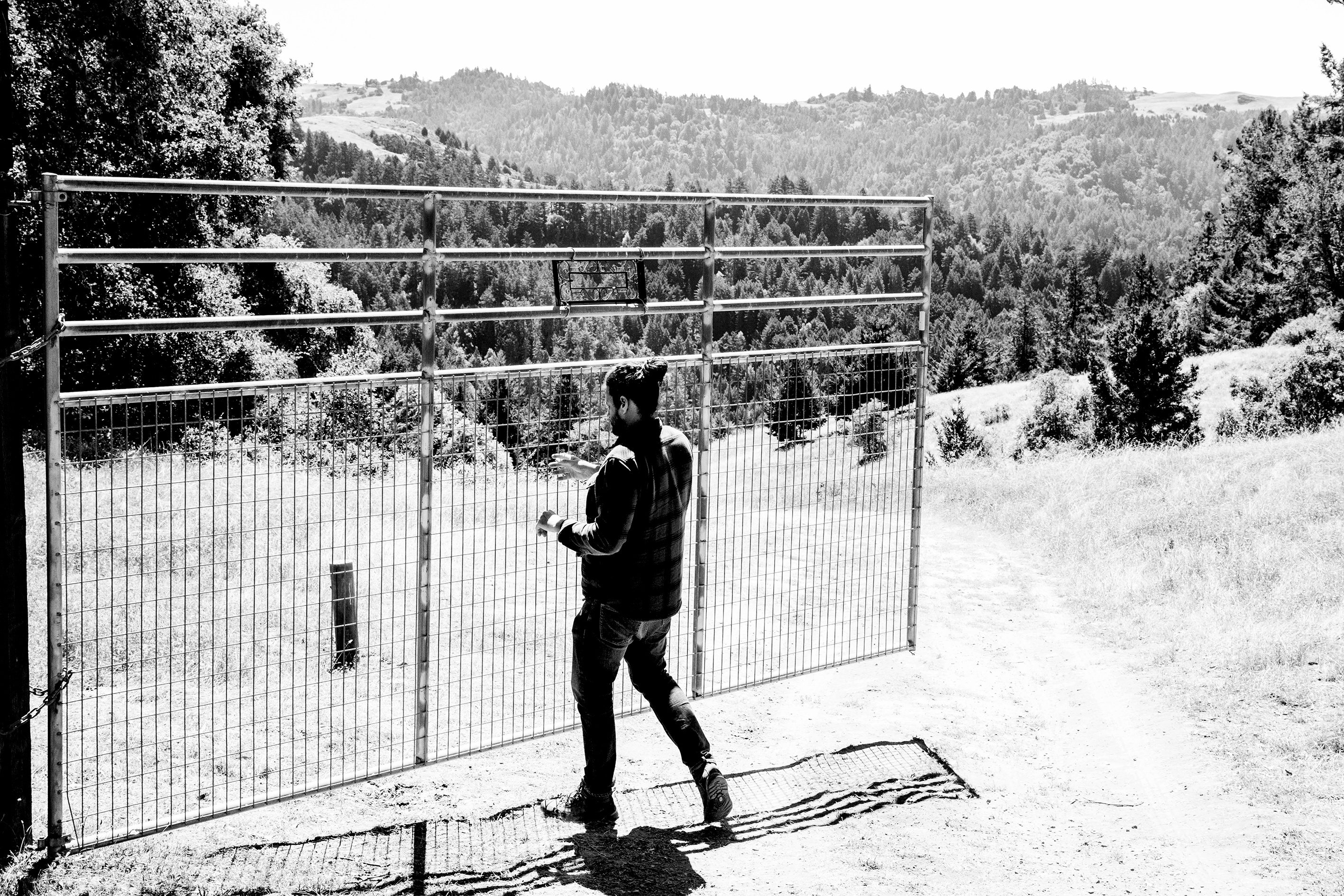
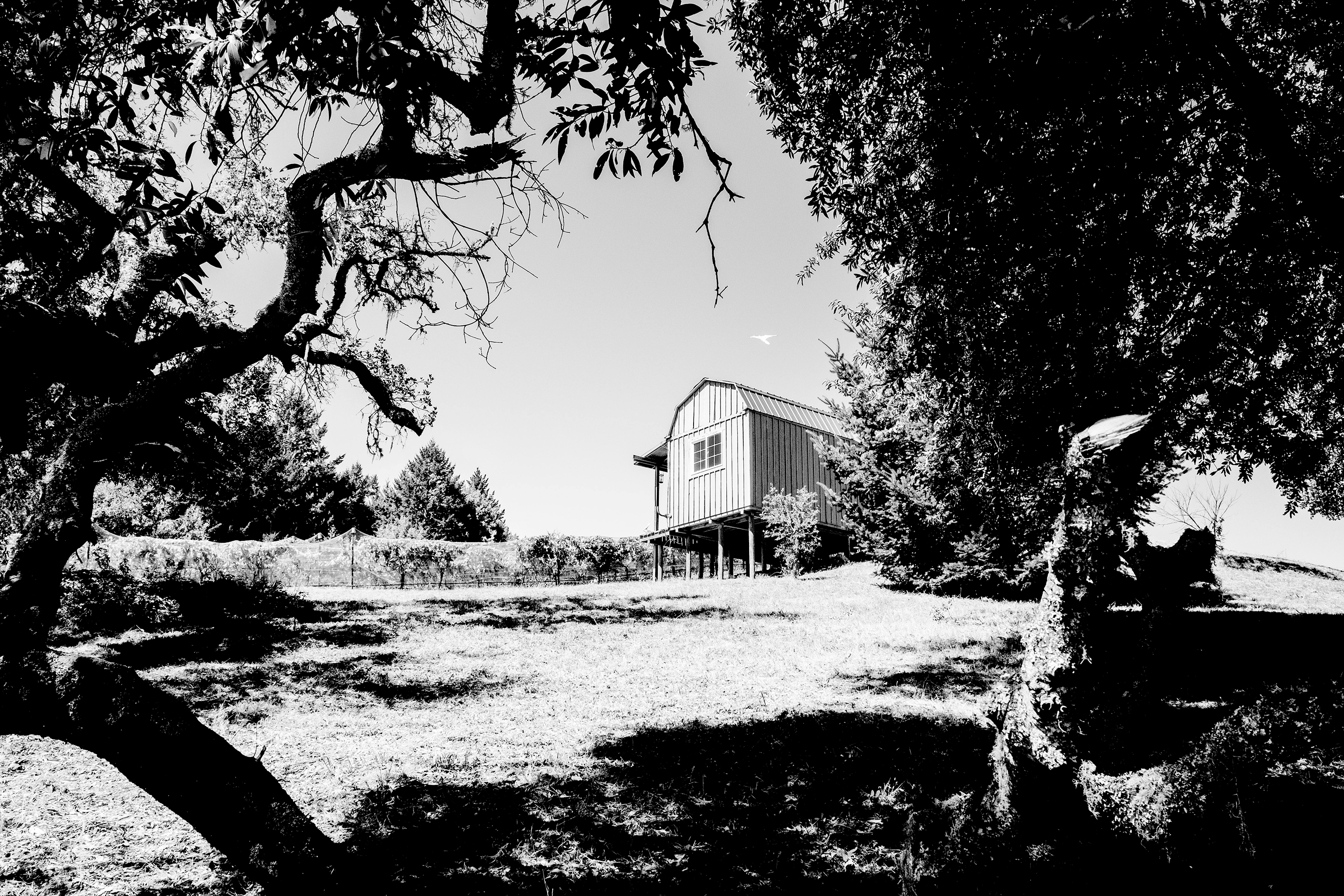
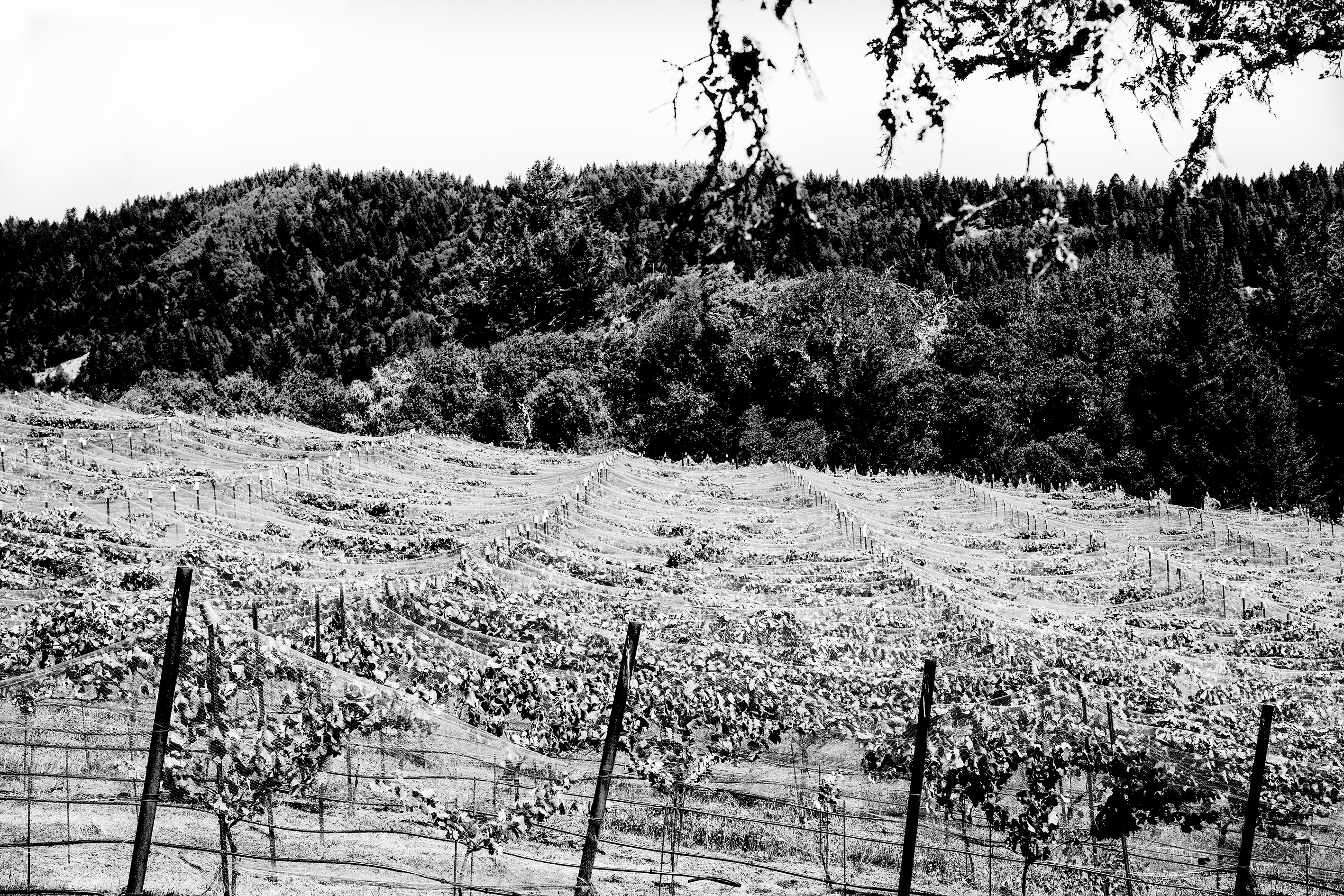
When I ask Seth to describe the terroir of Sequoyah, he first issues a caveat. “Wines of terroir are not as common as people think.” Then, the definition. “Bay Laurels, Coast Live Oaks, Douglas Firs, Bishop Pines, and Ancient Redwoods. All their souls, their energies intermixed and intertwined, deepened by the salt air coastal breezes,” he says. “Wild Poppies, Columbine, Verbena, Huckleberries, Blackberries subtly sweetening the mix...all of it swirling and living in the air above the Franciscan, Goodridge loam soils mixed with red granite and shale atop deep boulders of oceanic bedrock.”
"Wines of terroir are not as common as people think."
I first met Cripe a few years ago when I interviewed him for another publication about his wine label LOLA. Under LOLA, Cripe makes a diverse collection of wines from the Sonoma Coast, Russian River, Calistoga, and other regions, including Riesling, Cabernet Sauvignon, Chardonnay, and Dry Muscat, among numerous other varietal wines.
If LOLA and Cru de Clos share a continuum, it’s Cripe’s inclination towards highlighting natural acidity and a lean, fresh flavor profile. The LOLA wines are critically acclaimed and popular, especially among younger consumers, but they wouldn’t be considered cult wines, nor would Cripe want them to be. They’re relatively affordable and readily available, online or in the wholesale sector.
With Cru de Clos, Cripe, whose father was Iroquois, is shaping the arc of his career as a vigneron and explorer. “I love the idea of exploring.” The late vigneron, Josh Jensen, of Calera fame, who established a remote Pinot Noir vineyard in the wilds of Cienega Valley, is one of his heroes. Among the clones of Pinot that Cripe has planted at Sequoya is the Calera clone. This project is his entrée into fine, upmarket wines, with a three-pack of Crus de Clos priced at $1,000, or around $350 a bottle.
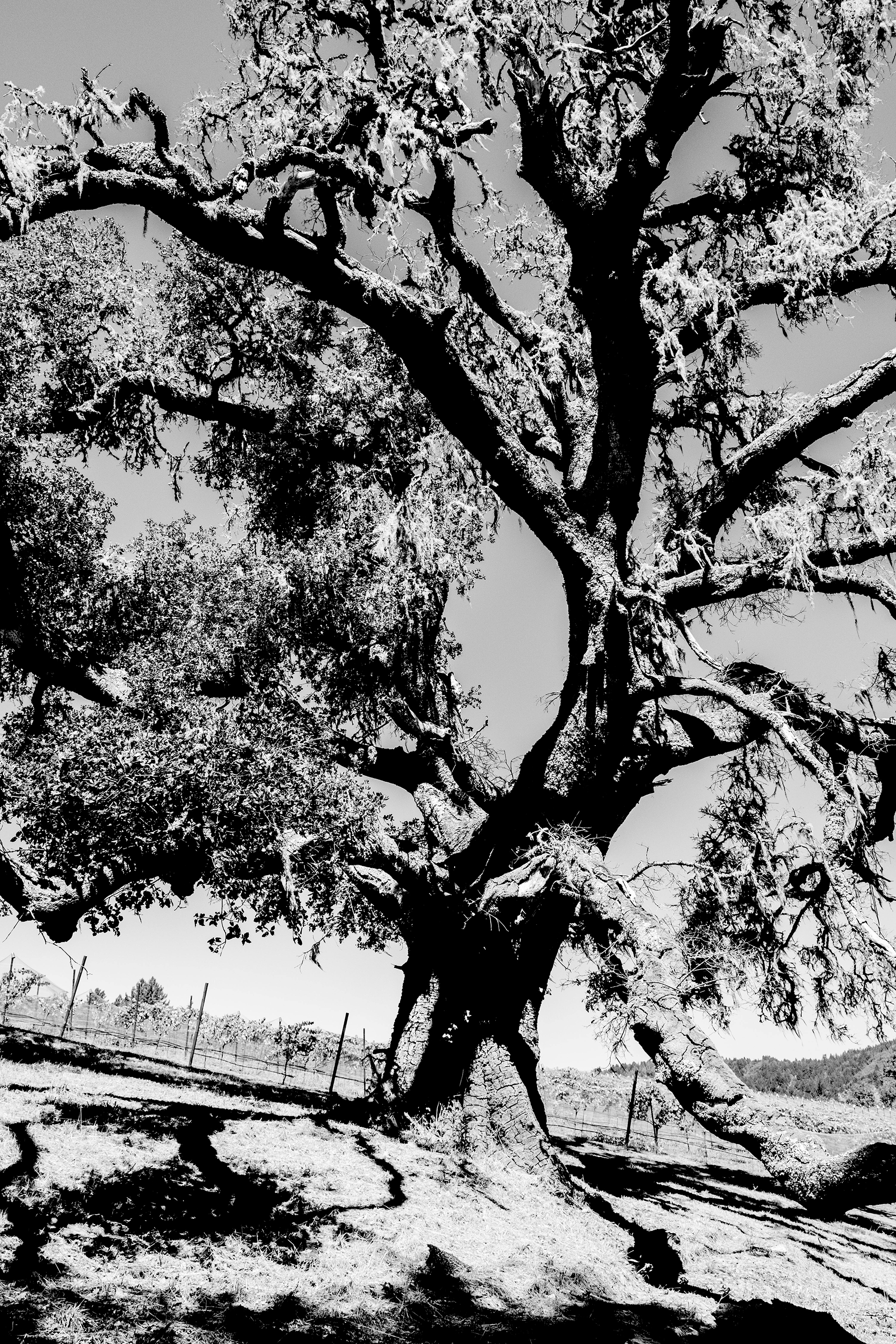
Cripe’s career began nearly 25 years ago, when, at the age of 17, he drove from his native Anna Maria Island in Florida to Napa in California, to work as a harvest intern at Swanson Vineyard, fulfilling a dream he’d been nurturing since he was 14 years old to make wine. He had had some luck growing grapes back home at a young age. After Swanson, Cripe went to work at Caymus Vineyard, where he continued to learn about viticulture and enology on the job. After eight harvests at Caymus, Cripe left to start his own brand, LOLA, in 2008.
While still building LOLA, Cripe discovered an undeveloped hilltop above Duncan Mills. It was 2010, and he was living with his then-girlfriend-now-wife, Rafa Costa, in a cabin along the Russian River. He became captivated by the fallow site rising above the fog line and dreamed of planting a vineyard there. He shared his vision with Rafa, who by then had grown tired of the quiet and cold weather at the cabin.
A recent arrival from Tel Aviv, Rafa was accustomed to vibrant city living, and the riverside cabin proved too remote. The pair moved to Calistoga, but Cripe couldn’t shake a growing interest in that site. When it became available, he negotiated a long-term lease and began cutting a dirt road around the Redwoods and up a hillside.
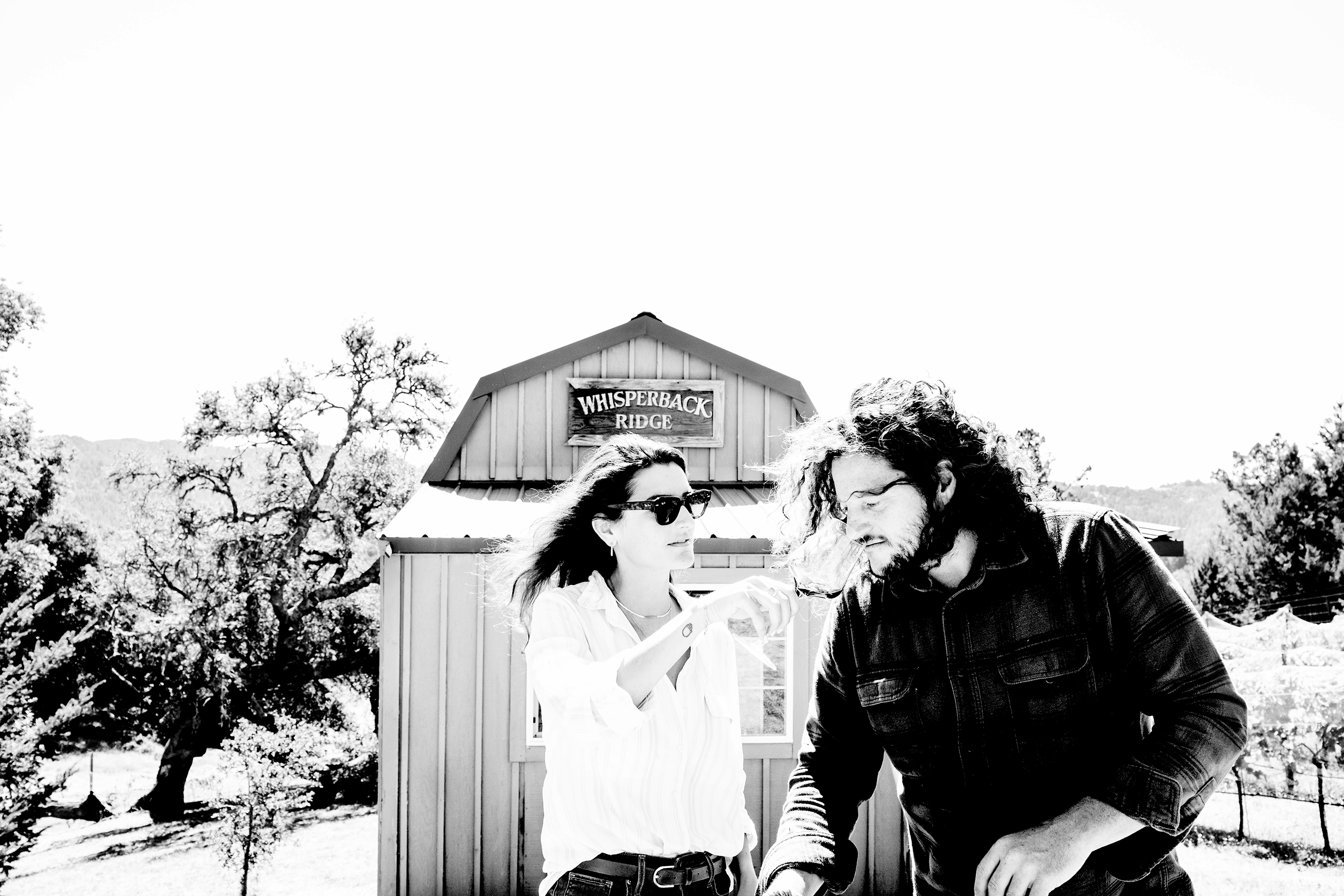
Back with Cripe, the three-bottle wooden box he pulled the bottle from was milled from Redwoods that fell on the property. The entire site itself is entirely off the grid, with generators providing the only power, pumping water from a nearby, rain-fed stream into the vineyard. The site is as unglamorous and bare-bones as they come in Northern California. Cripe says he took a tremendous financial risk establishing this site. “When something really matters to me, I like to put my back against the wall, so I have no choice but to be successful. It’s a hard way to learn, but you learn a lot faster.”
Cripe pours the 2020 for us while his dog Lucky sniffs the ground nearby. Having just had the ’19, the site is easily recognizable in the ’20. Though it’s wound a little tighter than the ’19, it’s just as captivating, showing perhaps just a little more linearity than the debut vintage.
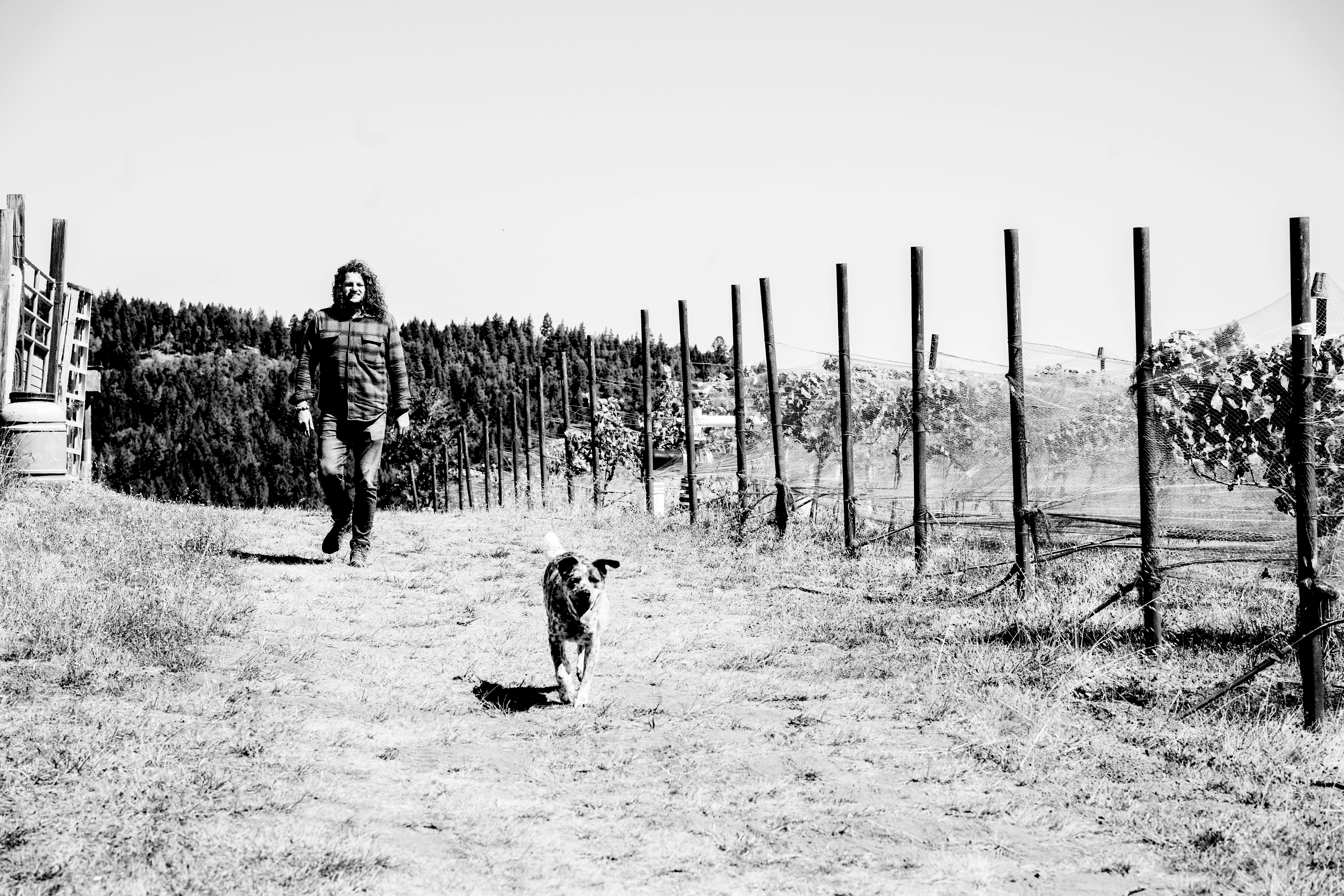
“It’s so distinctive,” Cripe says, smelling the wine. “It makes me want to explore the elements of ‘why’. What makes greatness, and why is Burgundy perceived to be the best place in the world for Pinot Noir? With the great vineyards of Burgundy, there isn't much element of surprise anymore, from a wine and terroir perspective. There's a standard to live up to and a defined lane of parameters the wines must be made within.”
"What makes greatness, and why is Burgundy perceived to be the best place in the world for Pinot Noir?"
“And then they're always compared to the years upon years of previous vintages,” he continues. “Those are a lot of constraints put on by the generations of established historical thought on how the wines should be grown and made. There's certainly a lot of value and deserved reverence in the depth of history and understanding of the grapes grown and the wine made from there, but it isn't necessarily fueling the unique and interesting.”
“It's maintaining a standard. Those vineyards have been producing what is considered great wine for centuries. And they've mastered it...defined it pretty much. They are great wines. They've reached the mountain top...and maybe the great ones, on the best of years, still evoke a magic that transcends the human experience in conjunction with nature...but that doesn't mean that same magic can't be found in wines grown elsewhere in the world. And it shouldn't mean that there isn't the potential for a more powerful wine to be had, one evoking a greater sense of magic and connection to nature.”
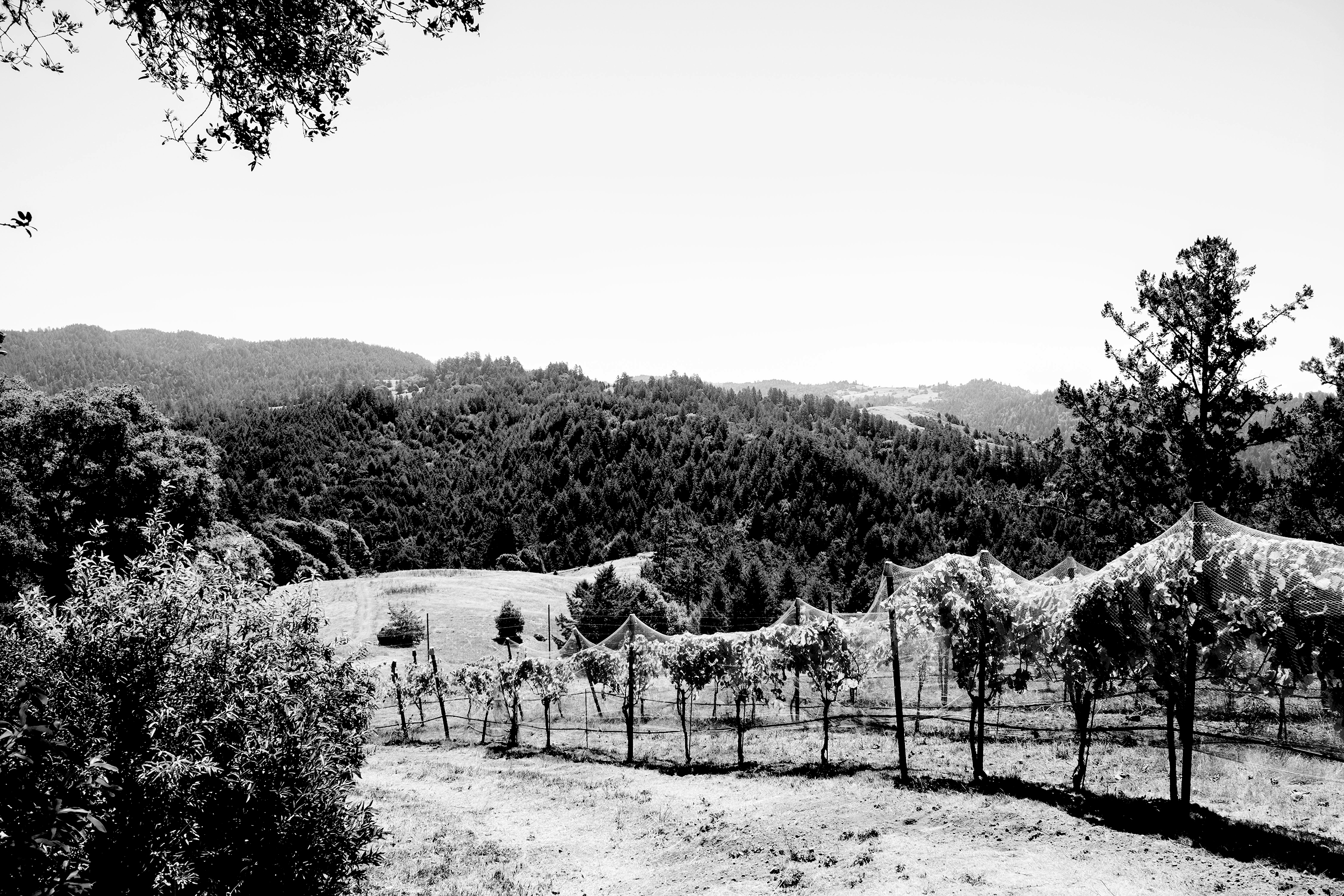
By the time we head back down the hill, the wind has died down a bit, and we’re starting to warm up again. We drop into the tiny township of Duncan Mills (population 175), home of the “Best Buck of the Bay” Gay Rodeo, I learn from Cripe. “It’s a blast,” he says. I look around while he runs into the only bakery for miles and comes out moments later with a couple of scones and some water.
Cripe has risked everything on this project. The extreme location and perpetually limited yields practically guarantee that each vintage will present its own unique set of challenges. When I ask him what his endgame is with this project, he says,
"It's not to get rich or network in the circles of luxury wines, that's for sure. It's to open the dialogue of placing an equal value on the greatness of Pinot Noir."
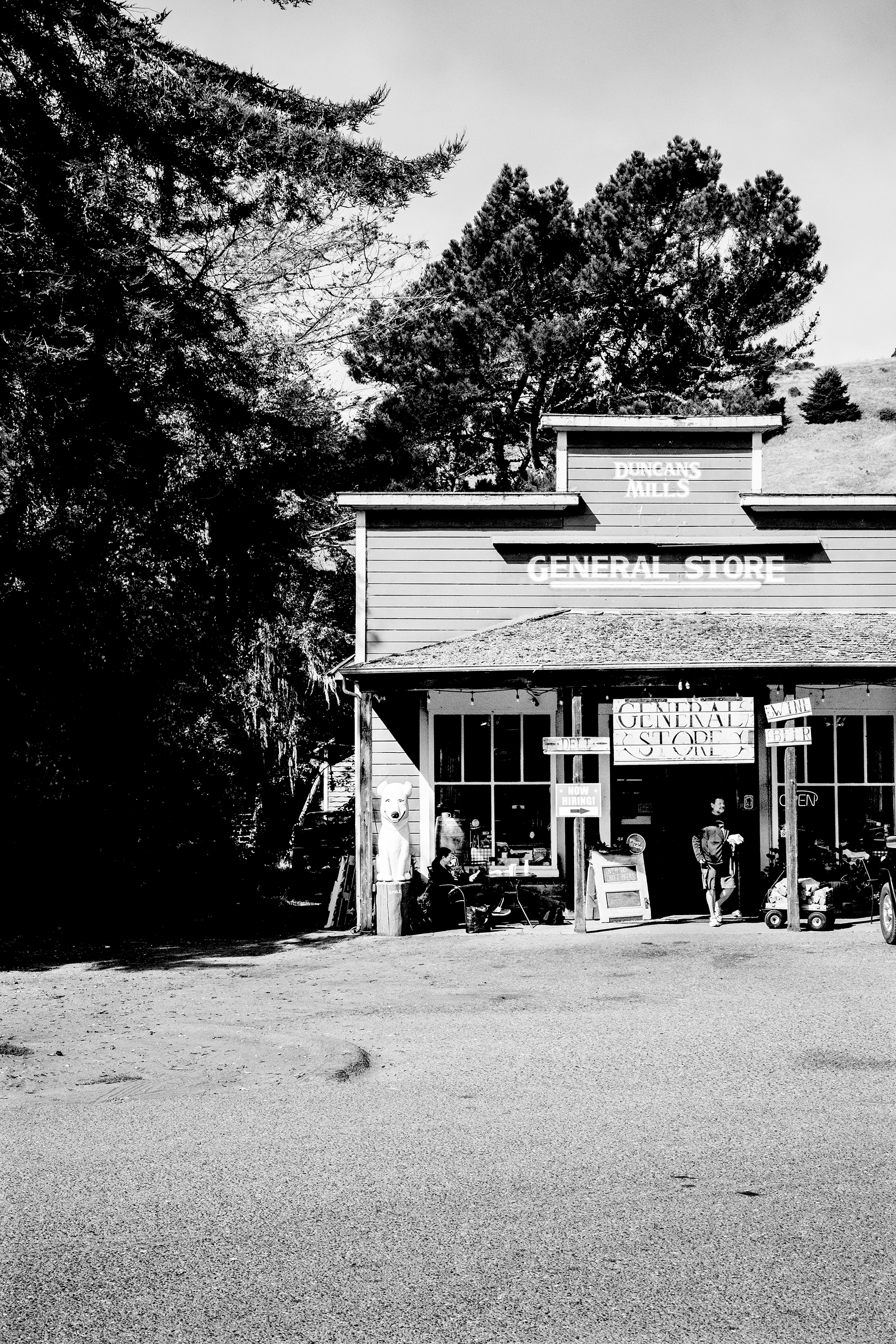
Editor’s note: The current production of Cru de Clos is very small. Those interested in acquiring an allocation can sign up here: www.crudeclos.com
To read the Lisa Perrotti-Brown review of this wine click here: Cru de Clos 2019
–
Article by R. H. Drexel
Photos by Johan Berglund
More articles

Pilcrow’s New Releases
18th Apr 2024
7 tasting notes
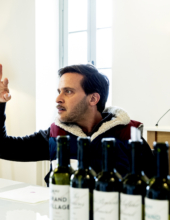
Bordeaux 2023 Primeurs Photo Essay
18th Apr 2024
0 tasting notes
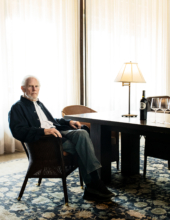
Harlan Estate, BOND, Promontory 2021 and 2011
11th Apr 2024
14 tasting notes
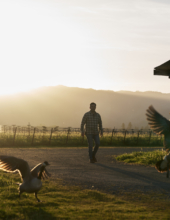
Favia 2012-2021
04th Apr 2024
17 tasting notes
Show all articles